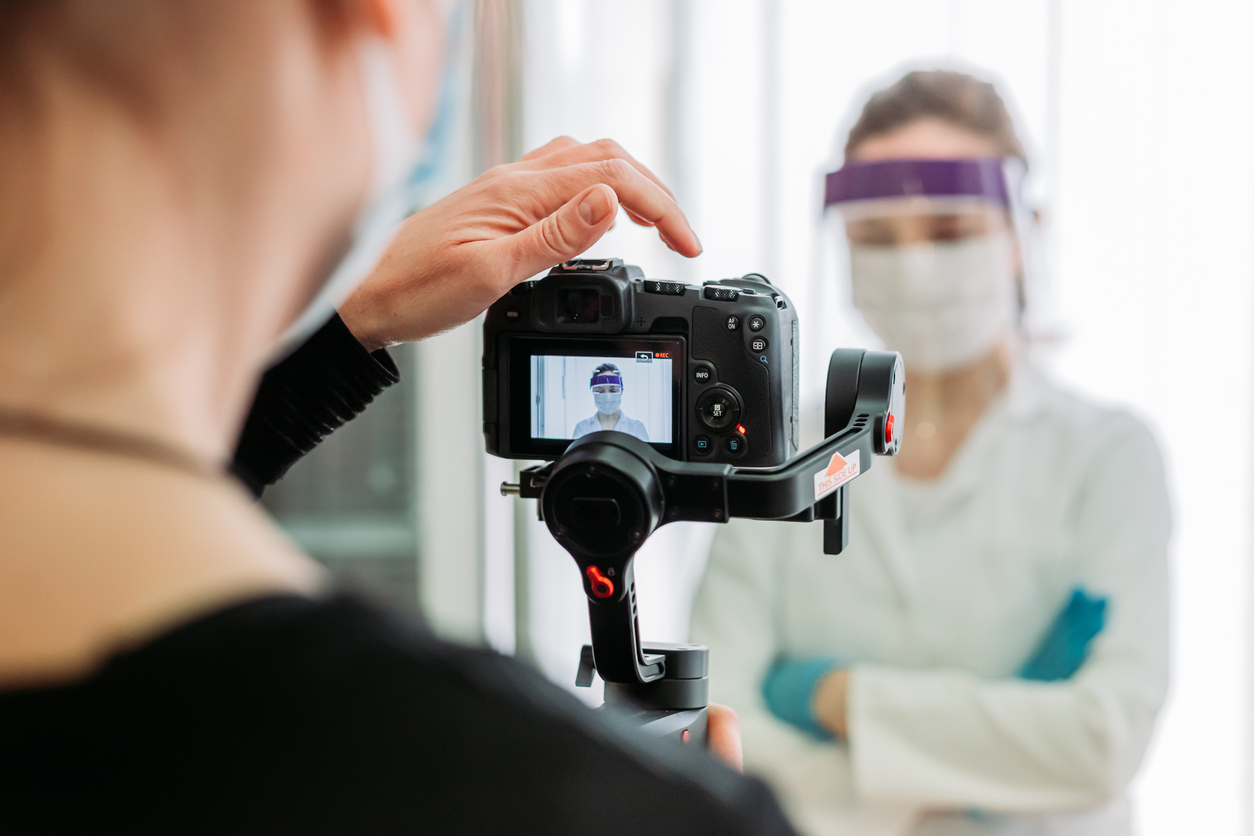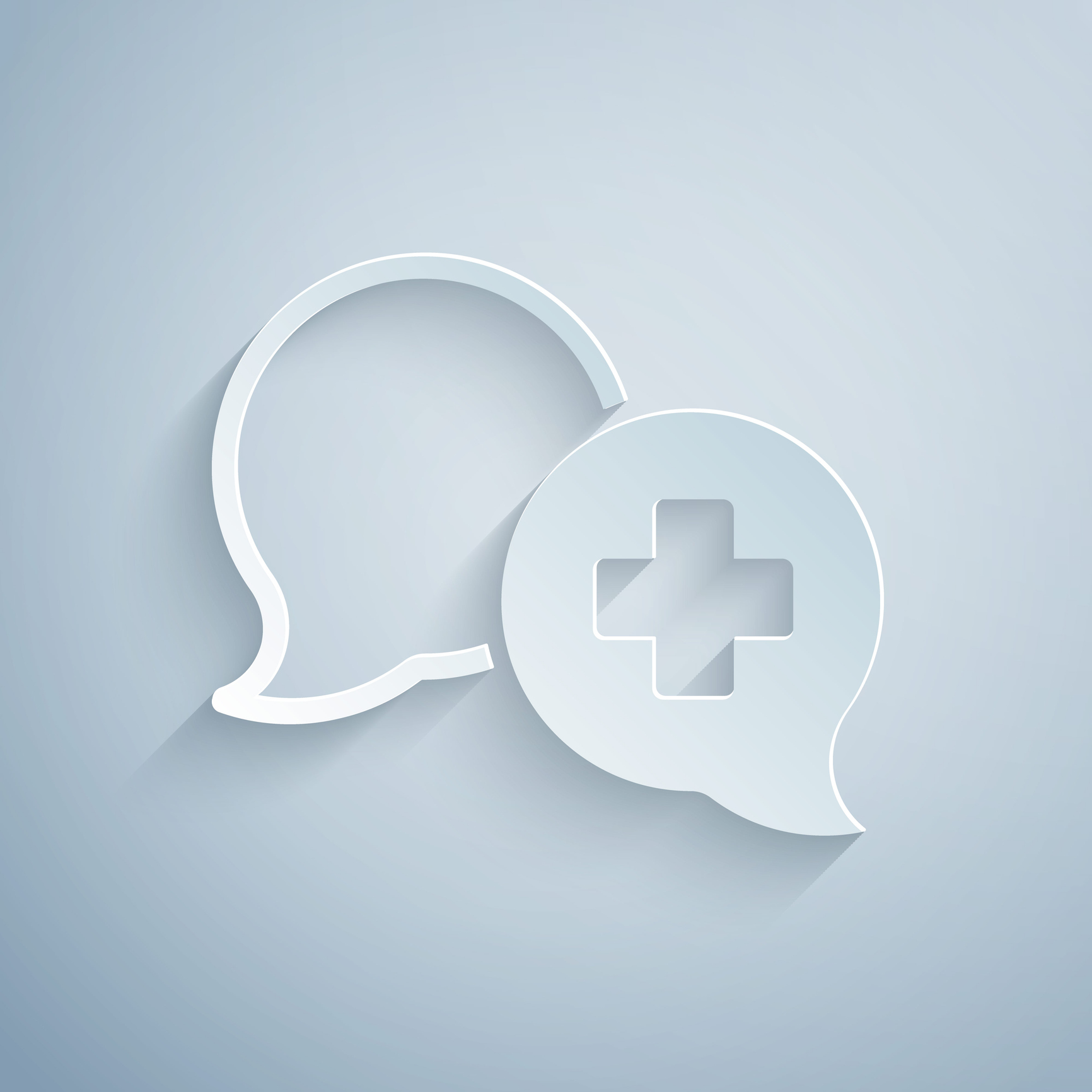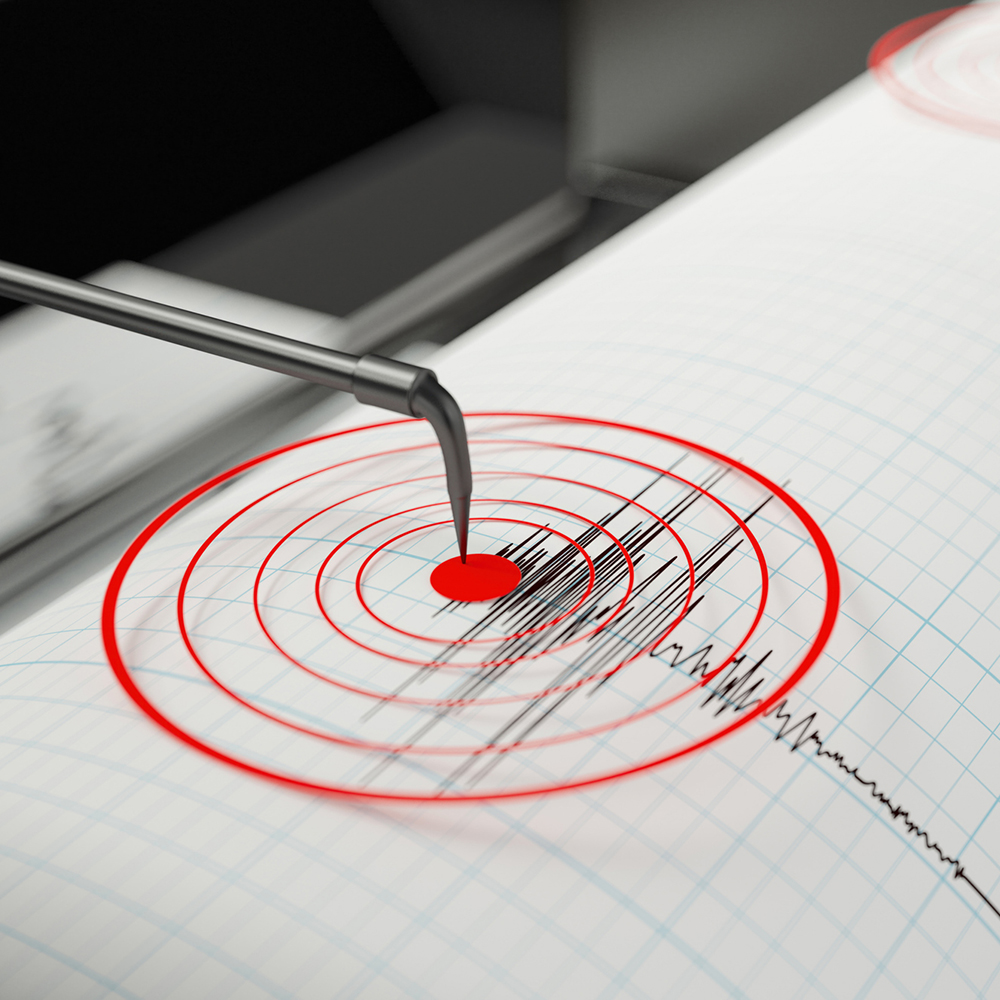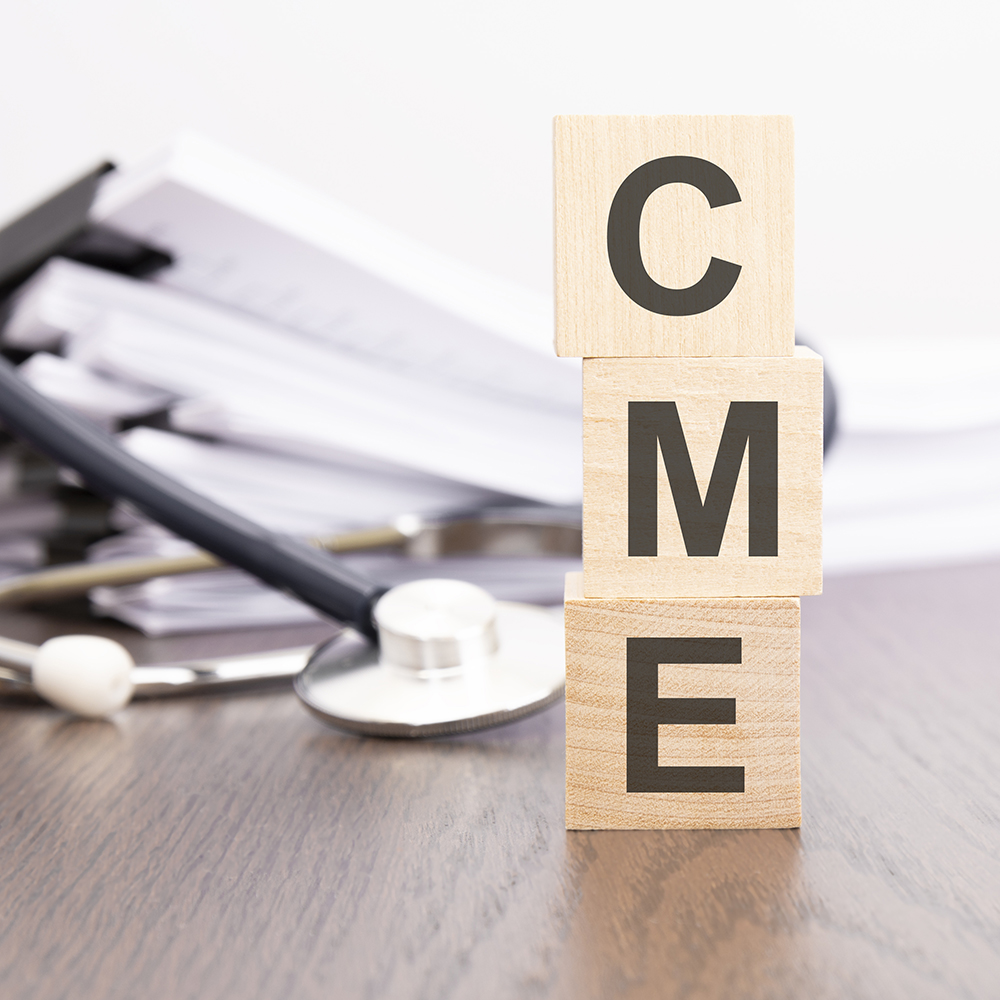At a time when we can edit genes and use artificial intelligence to predict diseases, why do doctors and patients still struggle to understand each other?
This is the paradox at the heart of modern healthcare: As medical science achieves what once seemed impossible, improvements to the fundamental human element—communication—seem often stubbornly out of reach.
A recent study found that 80 percent of medical errors involve miscommunication, a startling statistic that reveals how frequently the complex interactions between patients, providers, institutions, and the public fall short, leaving significant gaps in health care delivery.
It’s worth emphasizing that this impasse persists despite the significant shift in healthcare communication of recent decades, where the once-dominant paternalistic model has evolved into one that champions patient autonomy and shared decision-making. While this shift marks undeniable progress, it has also introduced new complexities and additional areas requiring careful consideration for communicative processes.
This raises a crucial question: How can we harness both technological innovation and human empathy to transform healthcare communication? Achieving this integration will undoubtedly require temporary compromises, demanding significant willpower and a long-term vision from the healthcare sector. The challenge extends beyond merely developing new tools; it requires reshaping entrenched systems and mindsets to truly revolutionize communication in healthcare settings.
Only 12 percent of US adults have proficient health literacy skills—the ability to understand and act on basic health information. This widespread deficit further complicates patient–provider communication in an era of increasing medical complexity.
An Evolving Paradigm of Healthcare Communication
Consider the modern patient encounter: A provider today must navigate the challenge of delivering complex medical information while actively engaging the patient in their own care decisions. This task is further complicated by time constraints, the varying health literacy levels of patients, and the increasing prevalence of chronic conditions that require ongoing management and lifestyle modifications.
The stakes of getting these exchanges right are immense. Research in the Canadian Medical Association Journal found a direct correlation between effective physician–patient communication and improved health outcomes, which can extend to better physiological markers, symptom resolution, and functional status. Figuring out how to achieve this level of effective communication remains a critical challenge.
In a meta-analysis published in the journal Medical Care, researchers concluded that patients of physicians who communicate well have 19 percent higher medication adherence compared to those whose physicians communicate poorly. These findings demonstrate just how critical the role of communication is not just in patient satisfaction, but in the very efficacy of the medical interventions themselves.
Moreover, only 12 percent of US adults have proficient health literacy skills—the ability to understand and act on basic health information. This widespread deficit further complicates patient–provider communication in an era of increasing medical complexity.
One study found that communication failures were a root cause in over 70 percent of sentinel events—those unanticipated incidents involving death or severe physical or psychological injury.
The Intricacies of Interdisciplinary Communication
As healthcare grows increasingly complex, the challenges of interdisciplinary communication intensify. The modern patient journey often involves multiple experts, each with their own distinct vocabulary and perspective.
From physicians and nurses to specialists, pharmacists, and various allied health professionals, each handoff in the chain of care represents a potential point of communication breakdown. In these transitions, crucial information risks being lost, misinterpreted, or overlooked, potentially compromising patient care and outcomes.
To bridge these gaps, healthcare writing plays a vital role, producing clear, accessible information that both patients and providers can use to better understand and explain complex medical concepts, leading to more effective communication across disciplines.
In addition to a clear and common language, however, such coordinated care also requires systems and cultures that facilitate seamless information exchange.
What’s more, the consequences of breakdowns in this interdisciplinary communication can be severe. One study found that communication failures were a root cause in over 70 percent of sentinel events—those unanticipated incidents involving death or severe physical or psychological injury. These failures often occur at transition points—during shift changes, patient transfers, or discharge planning—highlighting the need for robust systems to ensure continuity of information.
Addressing this challenge requires more than just a common lexicon; it calls for the development of systems and cultures that facilitate more reliable information exchange. Initiatives like SBAR (Situation, Background, Assessment, Recommendation) have shown promise in standardizing communication during handoffs, but to be effective they’ll need to be widely adopted and consistently implemented.
Healthcare Communication’s Technology Paradox
The technological transformation of healthcare reflects a paradoxical shift as well: As it dismantles traditional doctor–patient hierarchies through democratized information, it concurrently erects new barriers to genuine interpersonal engagement and amplifies the complexities of medical decision-making.
Electronic health records (EHRs), for instance, while designed to improve information sharing, have been criticized for creating a barrier between providers and patients. A study in the Annals of Family Medicine found that physicians spend almost two hours on EHR tasks for every hour of direct patient care. This digital workload not only cuts into valuable face-to-face time with patients but also contributes to physician burnout, ultimately compromising the quality of communication.
Similarly, telemedicine offers increased access to care but introduces its own array of communication challenges. The nuances of nonverbal cues, central to healthcare interactions, can be lost or distorted in digital mediums. One study found that while telemedicine can improve access to care, it can also exacerbate existing disparities, particularly for older adults, rural populations, and those with limited technological literacy.
Meanwhile, artificial Intelligence (AI) and machine learning (ML) promise to revolutionize diagnostics and treatment-planning, but they also raise serious ethical questions about the role of human communication in healthcare. As these technologies evolve, the medical community is confronting a difficult balancing act that involves integrating AI-derived insights into patient care while preserving the empathy and interpersonal connection essential to the healing process.
A study in the Journal of General Internal Medicine found that physicians interrupt patients after an average of just eleven seconds, highlighting the tension between time pressures and effective communication.
Systemic and Economic Barriers
The undervaluation of communication in healthcare is deeply rooted in systemic and economic factors. Traditional fee-for-service models often fail to adequately compensate time spent on patient education or care coordination. With incentives misaligned in this way, opportunities for meaningful engagement get missed and rushed interactions become the norm.
Inevitably, the emphasis on efficiency and throughput in healthcare settings ends up prioritizing the quantity over the quality of interactions. A study in the Journal of General Internal Medicine found that physicians interrupt patients after an average of just eleven seconds, highlighting the tension between time pressures and effective communication.
A critical factor to these challenges is the gap in communication training for healthcare professionals. Despite the central role of communication in patient care, many medical education programs place insufficient emphasis on developing these crucial skills. A mixed-methods study found that while most medical schools offer some communication training, its depth and quality vary widely.
This deficiency extends across healthcare professions, leaving many practitioners ill-equipped to handle complex communication scenarios. The consequences range from patient misunderstandings and suboptimal care coordination to increased provider stress. Addressing this training gap requires a fundamental shift in healthcare education, including integrated communication curricula, standardized competencies, and ongoing skills assessment.
Redefining Healthcare Through Communication
Reflecting these trends, recent years have witnessed a growing number of professionals—both from inside and outside the healthcare field—seeking training as health communicators. Professional development in healthcare communication empowers individuals to advance or shift their careers and equips students with the foundational knowledge and skills they need to focus or reboot a career in healthcare, marketing, education, journalism, and more.
In response to the field’s expanding needs, the University of Chicago Professional Education (UCPE) has launched an online Healthcare Communications certificate. A central part of a stackable healthcare suite of professional development options offered by UCPE, the certificate can be taken singularly or stacked with other UChicago certificates.
Stackable opportunities like this give professionals the ability to progressively acquire the critical competencies for specific career path that’s currently in high demand by organizations and employers. By learning from today’s top experts, students emerge equipped with the tools and knowledge they need to thrive in the field of healthcare communication and help implement positive change.

Build Your Career in Health Communications
Earn an online certificate in Healthcare Communications from a top-ranked research university. Learn from leaders in the field. Study online, full- or part-time. Join the UChicago community and experience the difference.
Explore Further



